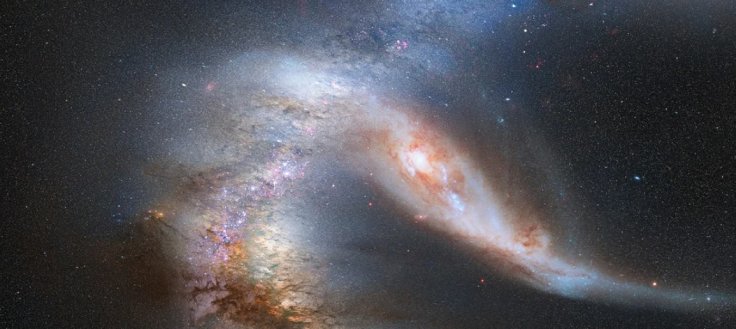For the first time in history, scientists have observed the fifth state of matter in space. According to physicists, this new discovery could solve some of the quantum universe's most intractable conundrums.
Scientists made this observation after conducting experiments on the coldest region of space, right there on the International Space Station. In 2018, NASA created this region in space using atoms of a soft metal called rubidium, and the temperature here was one ten-millionth of a Kelvin above absolute zero.
Bose-Einstein Condensate

The existence of the fifth matter in space was initially put forward by Albert Einstein and Indian mathematician Satyendra Nath Bose almost a century ago. They believed that this matter will be formed when atoms of certain elements get cooled to near absolute zero.
Scientists revealed that these Bose-Einstein Condensates (BEC) are extremely fragile, and even a slight interaction with external conditions could warm past their condensation threshold. As the dilemma surrounding BECs continues, a team of NASA scientists has released their study report, which details the results of their experiments where particles can be manipulated free from external conditions aboard the International Space Station.
"We find that radiofrequency-induced evaporative cooling reveals markedly different results in microgravity. We observe an on-orbit increase in the atom number of nearly threefold. Through the application of varied magnetic field gradients, we confirm that approximately half of the atoms are in the magnetically insensitive state |2, 0⟩, forming a halo-like cloud around the location of the magnetic trap," the researchers wrote on their study report.
Development Could Unveil Universe's Secrets
The new development is not a mean feat, as creating the fifth matter of space could help humans to know more about several secrets in the universe that include the existence of dark energy.
"Applications range from tests of general relativity and searches for dark energy and gravitational waves to spacecraft navigation and prospecting for subsurface minerals on the moon and other planetary bodies," David Aveline, the research team leader told AFP.









